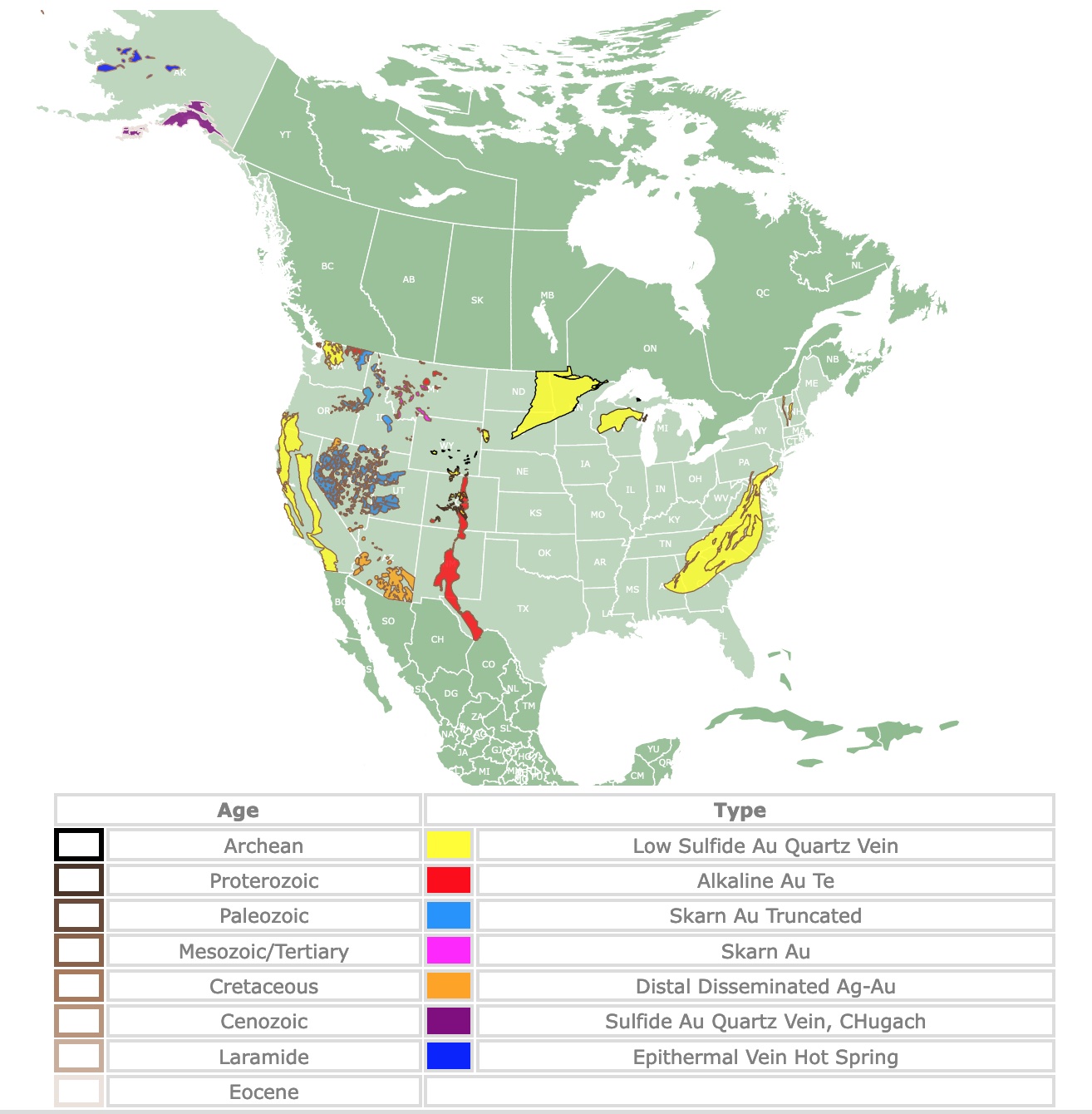Navigating The Complexities Of Importing Gold Into The United States
Navigating the Complexities of Importing Gold into the United States
Related Articles: Navigating the Complexities of Importing Gold into the United States
Introduction
In this auspicious occasion, we are delighted to delve into the intriguing topic related to Navigating the Complexities of Importing Gold into the United States. Let’s weave interesting information and offer fresh perspectives to the readers.
Table of Content
Navigating the Complexities of Importing Gold into the United States

The United States, with its robust economy and stable financial system, has long been a haven for investors seeking to safeguard their wealth. Among various assets, gold has historically served as a safe haven during times of economic uncertainty, attracting individuals and institutions seeking to diversify their portfolios. Bringing gold into the United States, however, involves navigating a complex web of regulations and procedures. This comprehensive guide aims to demystify the process, providing clear insights into the legalities, procedures, and considerations involved in importing gold into the U.S.
Understanding the Regulations
The United States Customs and Border Protection (CBP) is the primary agency responsible for regulating the import of gold. While gold itself is not subject to import restrictions, its movement is governed by various laws and regulations aimed at preventing money laundering, terrorism financing, and other illicit activities.
The Role of the Financial Crimes Enforcement Network (FinCEN)
The Financial Crimes Enforcement Network (FinCEN), a bureau within the U.S. Department of the Treasury, plays a critical role in combating financial crimes. FinCEN’s regulations, specifically the Bank Secrecy Act (BSA), require individuals and businesses to report certain financial transactions, including those involving gold.
Declaration and Reporting Requirements
Upon entering the United States, individuals are required to declare any gold they are carrying, regardless of its form (bullion, coins, jewelry, etc.). The declaration process involves completing a Customs Declaration Form (CBP Form 6059B) and presenting it to a CBP officer.
Reporting Thresholds
The reporting requirements for gold are tied to its value. For individuals entering the United States, the threshold for reporting gold is $10,000. This means that if the total value of gold in your possession exceeds $10,000, you are required to declare it to CBP.
Documentation and Proof of Origin
In addition to the declaration form, individuals may be asked to provide supporting documentation, including:
- Proof of purchase or acquisition of the gold.
- Documentation verifying the origin of the gold.
- Identification documents (passport, driver’s license, etc.).
Importation for Commercial Purposes
For businesses importing gold commercially, the regulations become more stringent. Companies must obtain a license from the U.S. Department of Commerce’s Bureau of Industry and Security (BIS) to import gold for commercial purposes.
Compliance with Anti-Money Laundering (AML) and Know Your Customer (KYC) Regulations
Both individuals and businesses importing gold must comply with AML and KYC regulations, which aim to prevent money laundering and terrorism financing. This involves verifying the identity of the parties involved in the transaction and ensuring that the gold’s source is legitimate.
Duties and Taxes
While gold itself is not subject to import duties, it may be subject to other taxes, including:
- Value-added tax (VAT): This tax is levied on the value of the gold at the time of import.
- State sales tax: Some states impose sales taxes on gold purchases.
Benefits of Importing Gold into the United States
- Safe Haven Asset: The United States is considered a politically and economically stable country, making it a safe haven for investors seeking to protect their wealth.
- Liquidity: The U.S. gold market is highly liquid, allowing investors to easily buy and sell gold.
- Transparency: The U.S. gold market is subject to strict regulations, ensuring transparency and accountability.
- Storage Options: The United States offers a variety of secure storage options for gold, including private vaults and depository institutions.
Navigating the Process
Importing gold into the United States can be a complex and time-consuming process. To ensure compliance with all applicable regulations, it is highly advisable to seek guidance from a customs broker or an experienced legal professional specializing in international trade.
Frequently Asked Questions
Q: Can I bring gold coins into the United States?
A: Yes, you can bring gold coins into the United States, but you must declare them to CBP. The reporting threshold for gold coins is $10,000.
Q: Can I bring gold jewelry into the United States?
A: Yes, you can bring gold jewelry into the United States, but you must declare it to CBP. The reporting threshold for gold jewelry is $10,000.
Q: Do I need a license to import gold into the United States?
A: If you are importing gold for personal use, you do not need a license. However, if you are importing gold for commercial purposes, you will need to obtain a license from the BIS.
Q: What happens if I fail to declare gold to CBP?
A: Failure to declare gold to CBP can result in significant penalties, including fines and even criminal charges.
Q: What are the risks associated with importing gold into the United States?
A: The risks associated with importing gold into the United States include:
- Non-compliance with regulations: Failure to comply with CBP and FinCEN regulations can result in penalties.
- Theft or loss: Gold is a valuable commodity, making it a target for theft or loss during transit.
- Market fluctuations: The price of gold can fluctuate significantly, potentially affecting the value of your investment.
Tips for Importing Gold into the United States
- Consult with a customs broker or legal professional: Seek guidance from an expert to ensure compliance with all regulations.
- Gather all necessary documentation: Prepare all required documents, including proof of purchase, origin, and identification.
- Declare gold accurately and truthfully: Be honest and transparent with CBP officers about the amount and value of gold you are carrying.
- Store gold securely: Choose a secure storage option to protect your investment from theft or loss.
- Stay informed about market fluctuations: Monitor the price of gold and adjust your investment strategy accordingly.
Conclusion
Importing gold into the United States requires careful planning and adherence to specific regulations. By understanding the legal framework, declaration requirements, and potential risks, individuals and businesses can navigate the process successfully and realize the benefits of investing in gold. Seeking professional guidance from customs brokers and legal experts can help ensure compliance and mitigate potential risks, ultimately maximizing the potential returns on gold investments.








Closure
Thus, we hope this article has provided valuable insights into Navigating the Complexities of Importing Gold into the United States. We thank you for taking the time to read this article. See you in our next article!
You may also like
Recent Posts
- The Allure Of Cubic Zirconia: A Comprehensive Guide To Its Beauty And Versatility
- The Evolution Of Jewelry Design: Embracing The Power Of CAD
- Corfe Castle: A Journey Through Time In The English Countryside
- Restoring A Precious Symbol: Repairing A Cut Ring
- A Comprehensive Guide To Silver Jewelry In Chennai: Unveiling The City’s Silver Treasures
- A Glimpse Into Kolkata’s Golden Legacy: Exploring City Gold Jewellery
- Navigating The Landscape Of Charitable Giving: Supporting Local Communities In The Wake Of COVID-19
- Corfe Castle And Village: A Journey Through Time
Leave a Reply